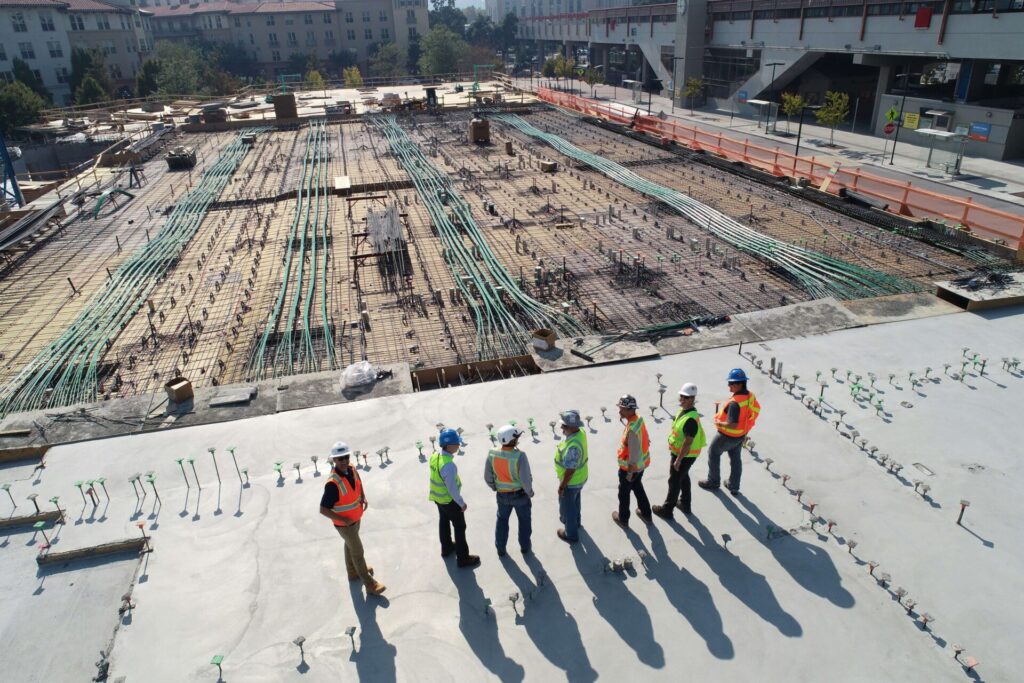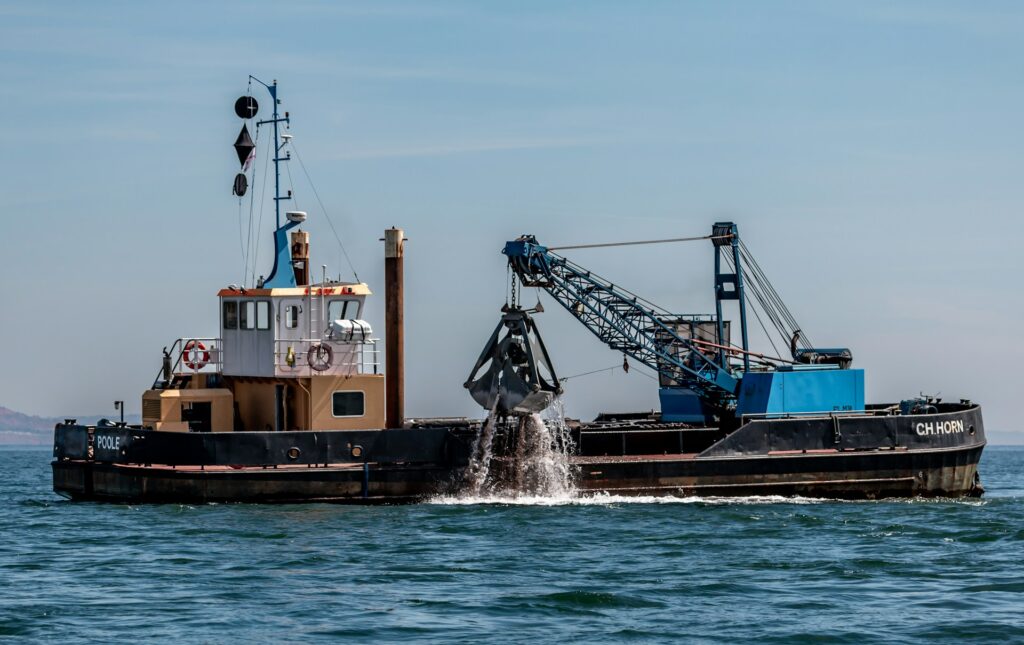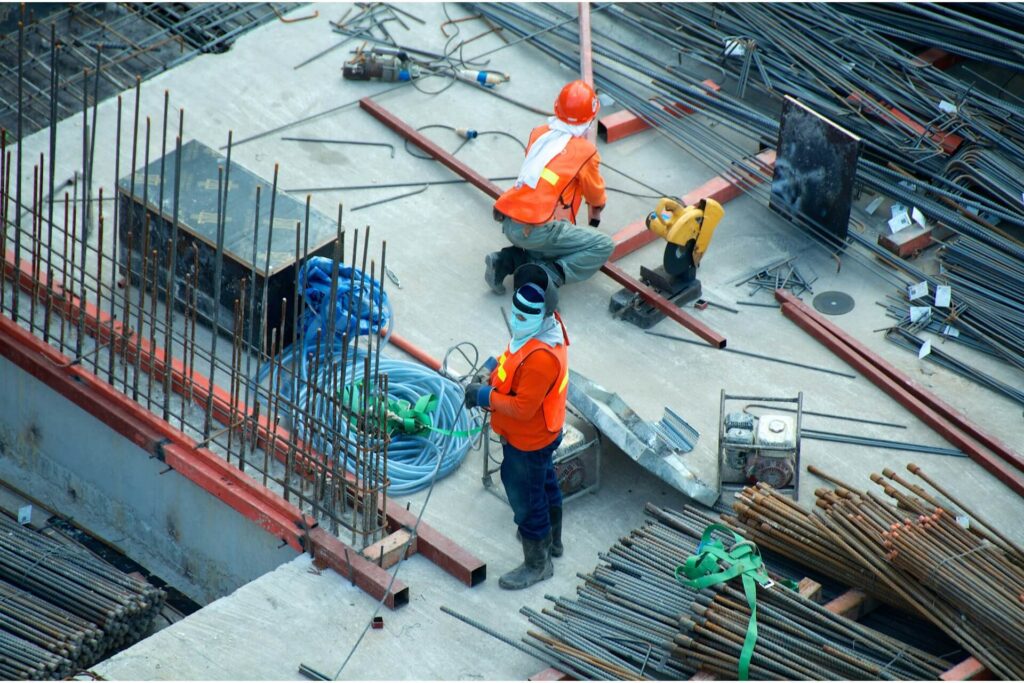Recycled Concrete Aggregate: What It Is and Why It Matters
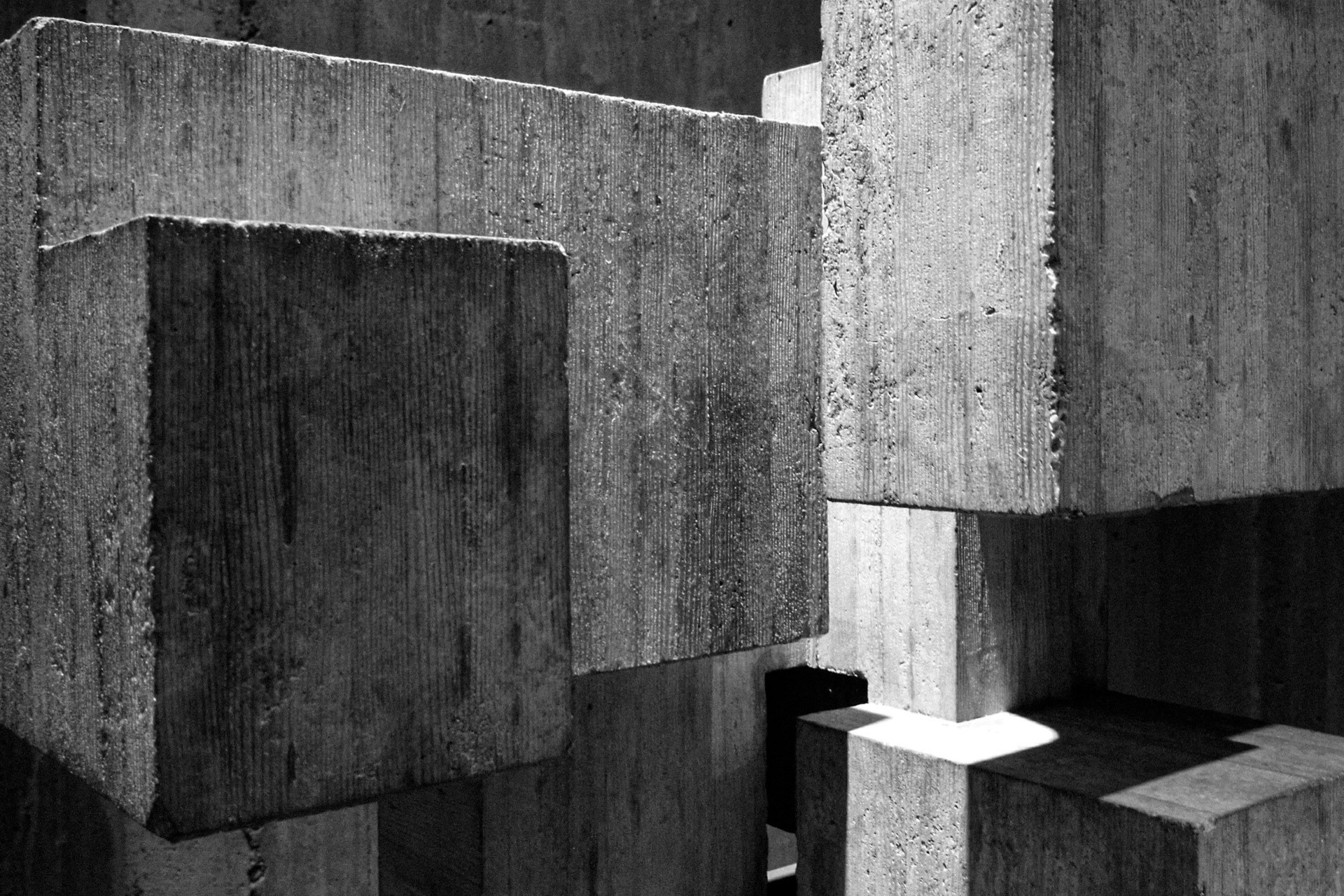
We are reader-supported. When you buy through links on our site, we may earn an affiliate commission.
Concrete is one of the most coveted construction materials in the space, outlasting many trends because of its durability, fireproofness, and water resistance. However, one of the main caveats behind this extraordinary option is its negative environmental impact. In a decade when climate change is one of the most significant issues the world is facing, all industries need to take a lens and ease their carbon footprint.
There have been other natural materials, such as wood and straw, to turn to. Unfortunately, it does not address the excessive construction rubble that comes out from project to project. Thankfully, recycled concrete is coming forward as a viable alternative that takes care of both targets.
What Is Recycled Concrete?
Recycled concrete is a construction material that mainly stems from crushed construction and demolition aggregate. The possibilities are endless, ranging from sand to gravel and so much more. Virgin concrete also consists of such ingredients, but it is also mixed with cement and water.
Recycled concrete has been in the works for a while, with some studies dating back to the 1980s and 1970s. The need for it arose during World War II, when buildings and roads were excessively demolished and countries needed to rebuild these areas while getting rid of waste material.
The Environmental Impact of Recycled Concrete
One main reason recycled concrete aggregate matters is its environmental impact. Like most sustainable options, it utilizes ingredients that would have otherwise been discarded and collected dust at the landfill. So much of virgin concrete already does just that when it goes unused.
Its production also has a lower environmental footprint. Virgin concrete is primarily made from cement, as the components require a binding agent. Unfortunately, creating one ton generates up to 0.9 tons of carbon dioxide into the atmosphere. Skipping that step is a big win for construction companies.
It’s also important to note that recycled concrete is much more eco-friendly to produce. It has low water absorption and does not take as many resources as virgin concrete.

Other Benefits of Using Recycled Aggregate Concrete
Recycled concrete aggregate is a construction material recognized solely for meeting corporate social responsibility standards and saving the environment. However, there are other advantages to adopting such materials.
1. Same Durable Performance
Recycled aggregate has all the same benefits as virgin concrete, in that it’s incredibly durable and moldable. Its fire and water resistance is also important when climate resilience and structural integrity are of the utmost importance.
Too good to be true? It can require a little financial investment. A study finds that the prices of recycled concrete can go up to 10% higher than virgin concrete. That said, it can also go as low as 0%, depending on who you connect with.
2. Claiming Potential Tax Rebates
The fight against climate change is in full swing, and it requires the help of every sector. Construction companies can get government incentives for sustainable buildings with greener materials such as recycled concrete aggregate. You can also look into potential tax rebates that translate into a higher return on your investment.
3. Attracting Sustainable Clients
Many investors may be looking for greener construction companies to support in light of the climate change movement. On top of that, you can grow your client base more by utilizing recycled aggregate. About 80% of consumers say they will pay more for sustainably produced products in 2024.
How Is Concrete Recycled?
Each concrete recycling plant may have its own process, but it generally starts by collecting all rubble at one site. Bigger concretes are pulverized to ensure a relatively even size, which makes the batches easier to fill into diggers for crushing.
Suppliers then make sure to remove any lingering contaminants. Some recycling centers receive rubble with dirt, plastic and other organics that can affect the structural integrity. Sorting these out is integral before shipping them.
Can Old Concrete Be Recycled?
Yes, old concrete can be recycled and used again, as the aggregates can undergo the same process as other construction rubble. In fact, even different types can be recycled, ideally sent, crushed, and sorted together for use.
Precast concrete has been a popular sustainable option for people wanting to use concrete as it means getting the exact amount. However, for companies that go the old-fashioned way, virgin concrete can generate quite a bit of waste. Turning that excess for another time’s use is ideal.
It must be noted that recycled concrete mostly consists of 90% of these aggregates though, as it has hydraulic content from its previous mix of components. However, there is optimism in creating a full 100% recycled concrete to complete the circular use cycle with no stray elements.
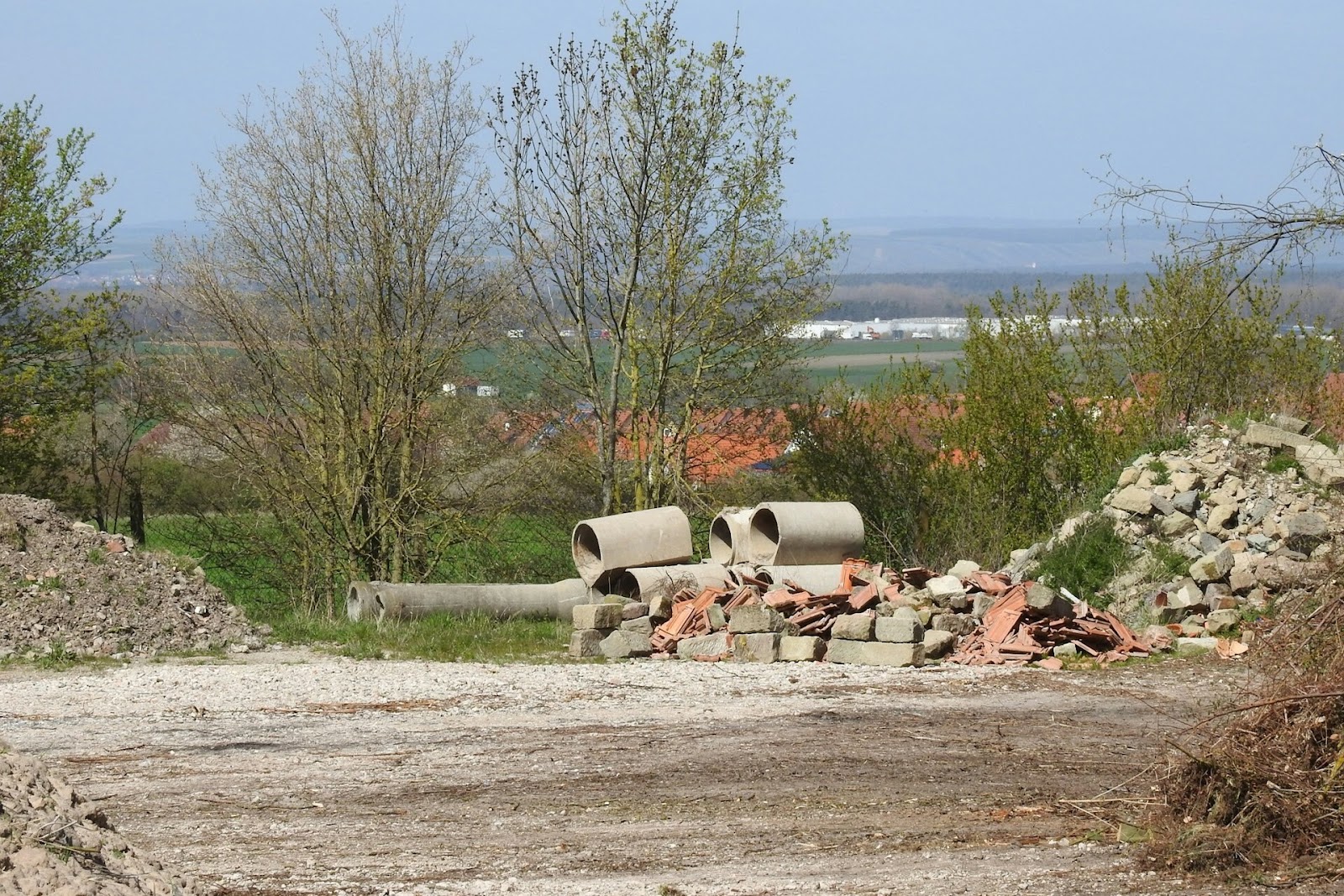
How to Dispose of Concrete
To assist in producing recycled concrete aggregate, companies must learn how to properly dispose of concrete. It starts by seeking out a concrete recycling plant. In Massachusetts, you can search for a RecyclingWorks facility, which is a government project that sorts out materials.
Some stations may offer pickup. However, commercial-levels should aim to haul their load themselves, as it is of a larger size. Dumpster rentals and junk hauling companies can take and deliver your crushed concrete and other aggregates for a fee.
Concrete Recycling at Play
Recycled aggregate has a number of applications. One of the main ways to use it is as a base material for roads. Multiple State Transportation Agencies had a recycled concrete aggregate program that highlighted the materials used when building highways within the United States.
In 2023, Holcim launched the first fully recycled concrete building with its ECOCycle technology. The 220-unit social housing complex is constructed just outside Paris, France. Aside from providing stable shelter to so many families and individuals, it also saves up to 6,000 tons of natural resources.
Escofet is another popular advocate for using these green materials. The company utilizes recycled concrete to create modular urban furniture like tables, chairs and benches. It creates spaces for social interaction out in nature without jeopardizing the environment.
Recognizing the Perks of Recycled Concrete Aggregate
Recycled concrete aggregates can be a strong driver in the construction industry’s leap toward going green and helping to save the environment. Incentives for business production, environmental protection and customer acquisition are also too advantageous to pass up.
